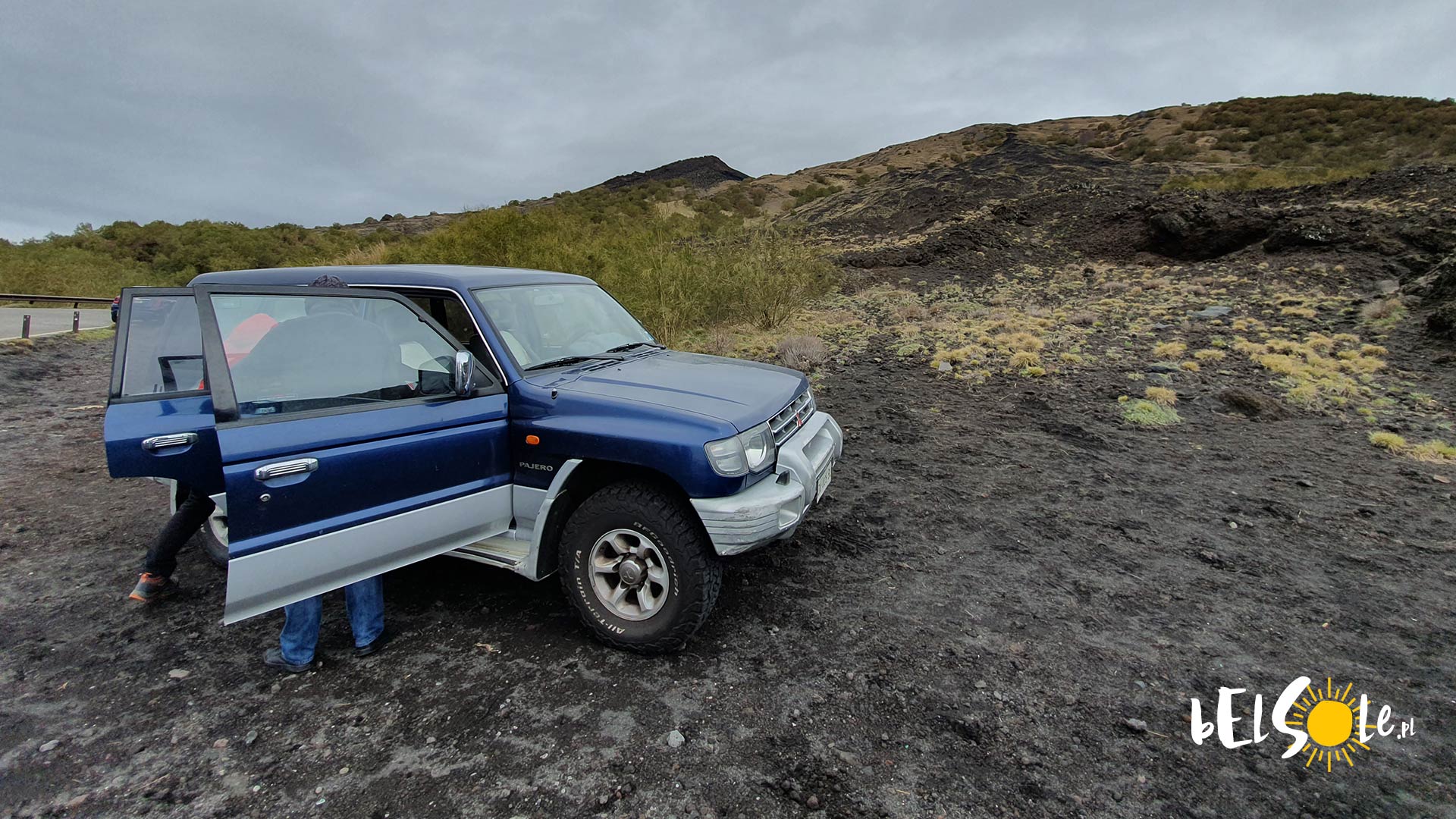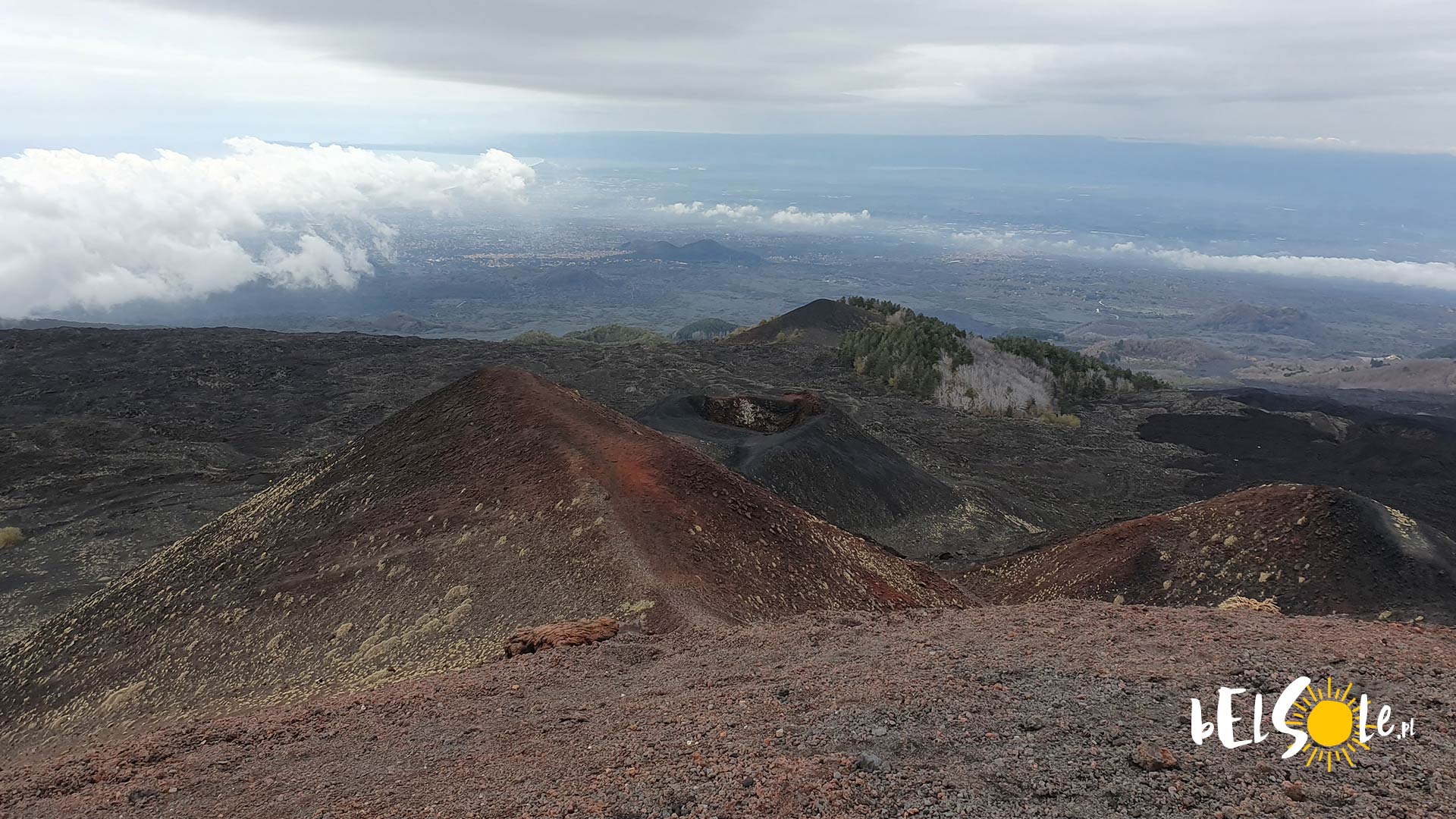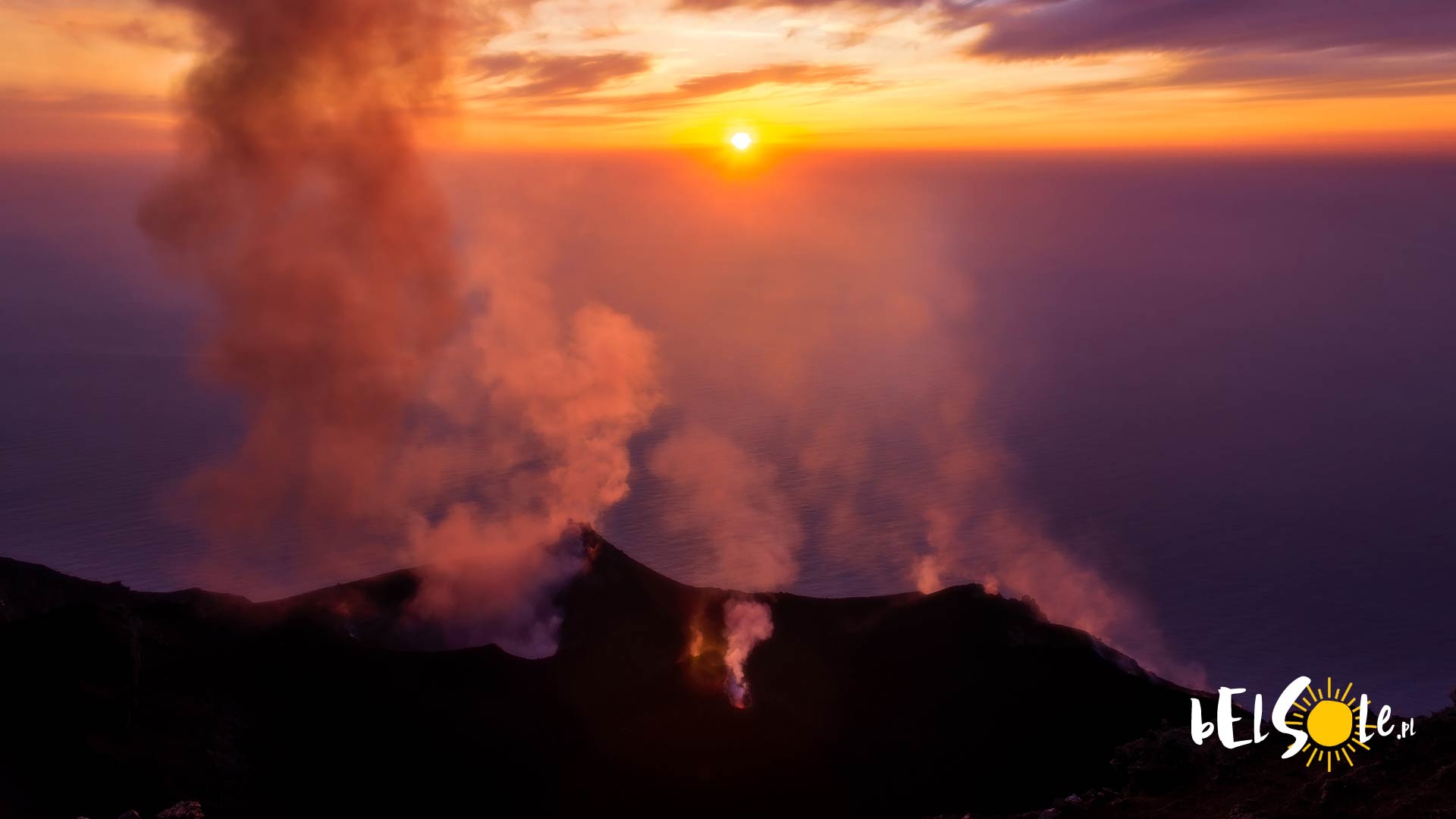Etna is the tallest mountain in Sicily, at over 3350 meters above the sea level. In 2013, it was included on the UNESCO World Heritage Site list. We can get up there independently or with the help of a guide. Contrary to what you might’ve imagined, Etna does not have just one huge crater which erupts every once in awhile. In reality, it has at least 270-280 craters, and each has its own separate story. Currently, the tallest point of Etna stands at the northeastern crater, which came to be in 1911, due to an eruption. The last eruption took place in 2019, on the 31th of May, in the southeastern crater. How to get up Etna? Is Etna dangerous? How far can we get independently? What should we bring to Etna?
How to get up Etna
Tourist companies in Sicily (or more specifically, in Catania) offer us a few tour variants to Etna. You can also get there by yourself, by renting a car or by the AST bus from Catania, starting from Piazza Papa Giovanni XXIII. The road to the Rifugio Giovanni Sapienza refuge, at 1900 m above the sea level is very comfy and fully asphalted. We do recommend picking a 4×4 car, as it will come in handy when getting down, or if we decide to stray from the main trail. From this place, we can also use the cableway to get to 2500 m mark or walk through the rest of the way. On that route, we’ll pass by the Torre del Filosofo (The Philosopher’s Tower), a perfect spot for taking pictures. When it comes to the last stage of the climb, we can only access it with a qualified guide, who has an official permission to take someone to the very top of Etna, at around 3300 m above the sea level.
Etna tours
We usually split the Etna tours into two categories: one which take us to the Rifugio Giovanni Sapienza refuge and offer some additional services while there, trekking around the refuge, visiting the caves created by lava, seeing Valle del Bove or degustation of the local products. The second category consists of the ones which take us to the very top of Etna. The price here is much higher and is usually combined with a long trekking session at the end. The prices range from 39 EUR for the basic variant and 99-120 EUR for the climb to the top with a guide. It’s worth mentioning, that there are also services offering car transport to the higher heights than the refuge.
Is climbing Etna dangerous?
One volcanologist will tell you that it’s very much so, the other will decline. Generally speaking, if we’re not terribly unlucky, it’s a safe spot to spend some time in. It’s worth noting that it’s still an active volcano, but honestly that’s, on average, not the biggest problem. What’s key is to pick the right footwear. Rocks and rubble tend to be very crumbly and loose, and we can easily lose grip and slide down. Above a certain height level, depending on the season, we can encounter snow and very strong winds, so bringing a few layers of clothing is a must. Every travel agency shares information about the type of equipment we’ll be given by them and what we must bring ourselves.
Is it cold on Etna?
Yes, very much so. It’s much colder than in Catania or Taormina. The cold is usually amplified by the strong winds, which get stronger the higher we get. We advise wearing lots of warm clothing. Is there snow on Etna? Yes, throughout most of the year (sometimes even the entire duration) – naturally, only on certain height levels. In March or April, we can get to Rifugio Giovanni Sapienza and it’s unlikely we’ll encounter snow, but on the other end of the cableway, it’s basically guaranteed.
What to take with you to Etna
Do you need good footwear? Yes, it’s a must. Additionally, trekking poles, warm clothes, a rainproof jacket and some gloves. Taking some water and energy bars is advisable. Of course, it all depends on the person and what we know we’re capable of.
How long does it take to get to Etna?
Getting to the first level (the refuge), at 2000 m from Nicolosi takes around 3-4 h of trekking. From the parking lot to the top of Etna adds another 3,5 h. We can shorten the journey greatly by using a bus or a car to get to the first level. From there, we can use the cableway lift. From there, it’s ‘only’ 2 hours to the top. The Funivia dell’Etna lift is, sadly, quite expensive, as a ticket costs 30 EUR.
How much does a trip to Etna cost?
If we want to save up, we can get to a satisfactory height level for free, but most of the more interesting tours, leading all the way up to the top, cost around 100 EUR (which includes all the necessary equipment, the guide and the Funivia dell’Etna ticket. We can also buy a round trip, for around 40-50 EUR.
What to buy on Etna?
The region of Etna is well known for the variety of excellent Italian products. For the food lovers, u can find flavoured honey, flavoured olive oils and pesto. For those seeking stronger beverages, there’s the Etna Fire liqueur, with a wild 70% alcohol rate. There are also figurines, lava rock jewellery, all handmade by the local craftsmen and artists. You can find more in our guide on what to buy on Etna.
Can you climb Etna in 2019?
The 2019 eruptions did not change anything regarding the trips around Etna and the Etna Regional Park. It’s not out of the question, that the change may occur at any time. The last eruption took place on 30th of May, 2019
Etna attractions
- Nicolosi town, the last commune before the trekking trail
- Monte Rossi – a mountain which came to be as as result of an eruption from 1669, one of the biggest eruptions ever
- Monte Nero
- The Rifugio Giovanni Sapienza refuge, the parking lot and the Funivia dell’Etna lift
- Grotta dei Tre Livelli – a grotto created through the flowing magma
- Valle del Bove – a valley filled with igneous rock, main source of materials used for building and jewellery/souvenirs
- Torre del Filosofo – a viewpoint and the path to the top
- The highest point of Etna










